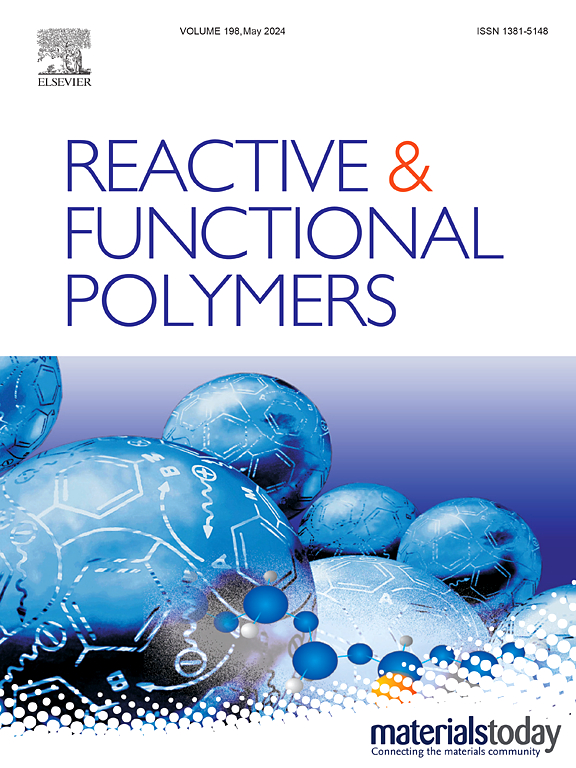Ultra-drawn PVDF piezoelectric film for linear and large-range pressure sensing
IF 4.5
3区 工程技术
Q1 CHEMISTRY, APPLIED
引用次数: 0
Abstract
Research on the piezoelectricity of poly(vinylidene fluoride) (PVDF) has primarily concentrated on the β phase content, with comparatively little attention paid to the crystallization morphology of the β phase and the crystalline and amorphous interfaces. Herein, we prepared piezoelectric PVDF films with pure β phase, high crystallinity, and rich crystalline-amorphous interface through ultra-drawing and high-pressure thermal annealing. The solution casting PVDF films exhibited similar to thermotropic glass transition behavior (steps in the DSC curves, Tg-like), resulting in stretching multiplicities up to 12, much higher than previous studies. Meanwhile, the refinement of oriented fiber crystals was visually shown in the AFM force mapping images. Furthermore, the WAXD and SAXS results demonstrated that the PVDF exhibited a smaller grain size following ultra-drawing. The piezoelectric coefficient of the PVDF film subjected to ultra-drawing is superior to that of the commercial PVDF film. Self-powered sensor devices based on PVDF film exhibit excellent linear sensing characteristics over a large stress range (20 MPa). The work presents a straightforward approach for the fabrication of flexible piezoelectric PVDF films, facilitating the commercialization of a vast array of self-powered sensing films.

求助全文
约1分钟内获得全文
求助全文
来源期刊

Reactive & Functional Polymers
工程技术-高分子科学
CiteScore
8.90
自引率
5.90%
发文量
259
审稿时长
27 days
期刊介绍:
Reactive & Functional Polymers provides a forum to disseminate original ideas, concepts and developments in the science and technology of polymers with functional groups, which impart specific chemical reactivity or physical, chemical, structural, biological, and pharmacological functionality. The scope covers organic polymers, acting for instance as reagents, catalysts, templates, ion-exchangers, selective sorbents, chelating or antimicrobial agents, drug carriers, sensors, membranes, and hydrogels. This also includes reactive cross-linkable prepolymers and high-performance thermosetting polymers, natural or degradable polymers, conducting polymers, and porous polymers.
Original research articles must contain thorough molecular and material characterization data on synthesis of the above polymers in combination with their applications. Applications include but are not limited to catalysis, water or effluent treatment, separations and recovery, electronics and information storage, energy conversion, encapsulation, or adhesion.
 求助内容:
求助内容: 应助结果提醒方式:
应助结果提醒方式:


